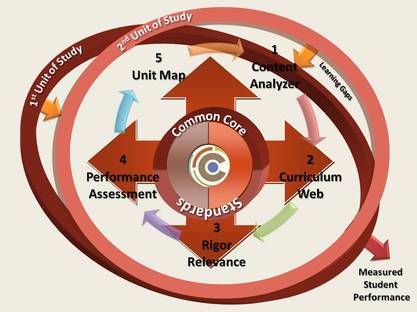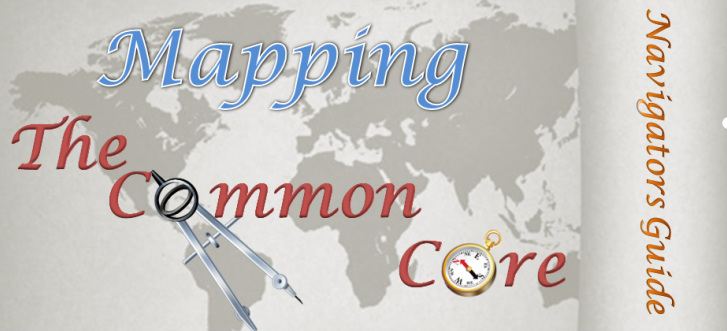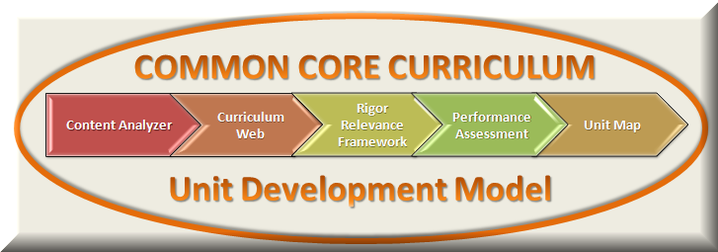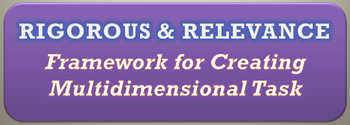digitalsandbox
- Digital Sandbox
- About Mike King
- The Web 2.0 Generation
- The ePub Generation:
- Cyber Bullying Prevention
- Art of Digital Storytelling
- Creative Commons
- New Paradigms
- Common Core Transition
- Collaboration Tools
- Language Literacy Tools
- Adopting Technology
- Flipped Classroom
- Flipped Classroom Design
- Scaffolding Flipped Classrooms
- Avatars Flipped Classroom
- Flipped InfoGraphic
- 21st Century Teaching
- Knowledge Management
- STAR
- Acceptable Use Policy
- Live Poll
Pink has created a reference for us to consider right brain activities. Design, story, symphony, empathy, play and meaning. He says we should be more in tune with understanding Abraham Maslow’s hierarchy of needs (survival, security, belonging, ego, spirit). According to Pink, “Artists, inventors, designers, storytellers, caregivers, consolers, big-picture thinkers – will reap society’s richest rewards and share its greatest joys”. Pink claims that we are in a “conceptual age."
|
In a school district, every person who is responsible for the delivery of instruction must have the same goal in mind: to offer challenging, yet grade-appropriate curriculum that allows all students to improve themselves academically in a global economy. This does not happen by accident or without a plan. A school should perform like the symphony, with different courses harmonizing with one another, just like a section of instruments. The instructional leaders, of course, must serve as the director of this scholastic
symphony, creating models for teachers to use when developing their curriculum. |
|
The design of instruction within the common core should be relevant to the real world applications, reflecting the knowledge and skills that our young people need for success in college and careers. Each lesson should be in harmony of the symphony, well balanced with a rigor to relevance framework, that sustains task, allowing students to further develop their skills. These actions to further develop skills should encourage a collaborative atmosphere among teachers and other educational professionals as well for students.
The implementation of common core standards also should provide a comprehensive guide for instructional delivery through well articulated maps, with information ranging from how the curriculum will be thematically integrated, to the depth of knowledge required to complete a task, to how student results will be authentically assessed.
The implementation of common core standards also should provide a comprehensive guide for instructional delivery through well articulated maps, with information ranging from how the curriculum will be thematically integrated, to the depth of knowledge required to complete a task, to how student results will be authentically assessed.
Teachers, are individual members of the symphony who must determine what portions of the curriculum is at the correct level of complexity for their students and what instructional strategies will serve their student population the best. The entire curriculum should provide a consistent, clear understanding of what students are expected to learn, and strive for student success. Teachers should utilizing multiple strategies that integrate the common core standards, allowing the students to witness how their different courses complement one another.
Transitioning to Common Core Standards

Most schools or school districts who's states have reauthorized over into the Common Core are faced with moving away from traditional settings for learning in which individual subject matter skill sets has been taught in isolation.
Adopting technology standards within the Common Core will create a curriculum that is both challenging and meaningful 21st Century learners. The process of adopting technology into the Common Core curriculum has several stages of development that include; (1) determining gaps within the existing, by unpacking standards (2) constructing a curriculum web to identify common core standards, (3) applying the rigorous relevance framework to determining real life themes ofstudy through the establishment of an essential question and creating multidimensional task, (4) designing performance based assessments for real world applications and (5) developing unit maps that are tied to multiple standards.
Adopting technology standards within the Common Core will create a curriculum that is both challenging and meaningful 21st Century learners. The process of adopting technology into the Common Core curriculum has several stages of development that include; (1) determining gaps within the existing, by unpacking standards (2) constructing a curriculum web to identify common core standards, (3) applying the rigorous relevance framework to determining real life themes ofstudy through the establishment of an essential question and creating multidimensional task, (4) designing performance based assessments for real world applications and (5) developing unit maps that are tied to multiple standards.
According to "The International Center for Leadership in Education" Transitioning into the Common Core standards will take approximately two to three years for local districts to fully implement the components required in both standards and methods of instruction. The planning process for the new Common Core State Standards and next generation assessments should include at minimum the following outcomes and goals, and a program outline:
- Facilitate a three-year transition from current state standards and assessments to the Common Core State Standards and next generation assessments
- Build deep understanding of and commitment to the new Common Core State Standards and assessment
- Support leadership in planning, goal setting, deep professional development, and implementation
- Correlate current standards and assessments to the Common Core
- State Standards and assessments to identify gaps
- Adjust curriculum to address the new requirements
- Enhance current instructional and assessment practices to increase capacity from the district to the classroom level
- Develop and implement a process to monitor ongoing adherence to plans and goals
Common Core Unit Development Tool Kit
To complete this process successfully should promote high yield instructional practices by bringing together elements of the Common Core curriculum, assessment, and instruction (of materials and practices) into a coherent, workable unit of study. The process of adopting technology into the Common Core has five stages of selected tools, (1) determining gaps within the existing curriculum while unpacking standards, (2) determining real life themes of study through the establishment of an essential question and constructing a curriculum web to identify standards to be included in a unit of study, (3) creating multidimensional task using a rigorous/relevance framework, (4) designing performance based assessments for real world applications and (5) developing unit maps that are tied to standards. The five tools required to complete a unit of study are assembled around the Common Core Unit Development Model.
Resource: The International Center for Leadership in Education "Transitioning to the Common Core State Standards and Next Generation Assessments" by Willard R. Daggett, Susan A. Gendron, Daniel A. Heller
Mapping the Common Core is reserved under copy right protection and cannot be reused without permission of the author. © June 2011







